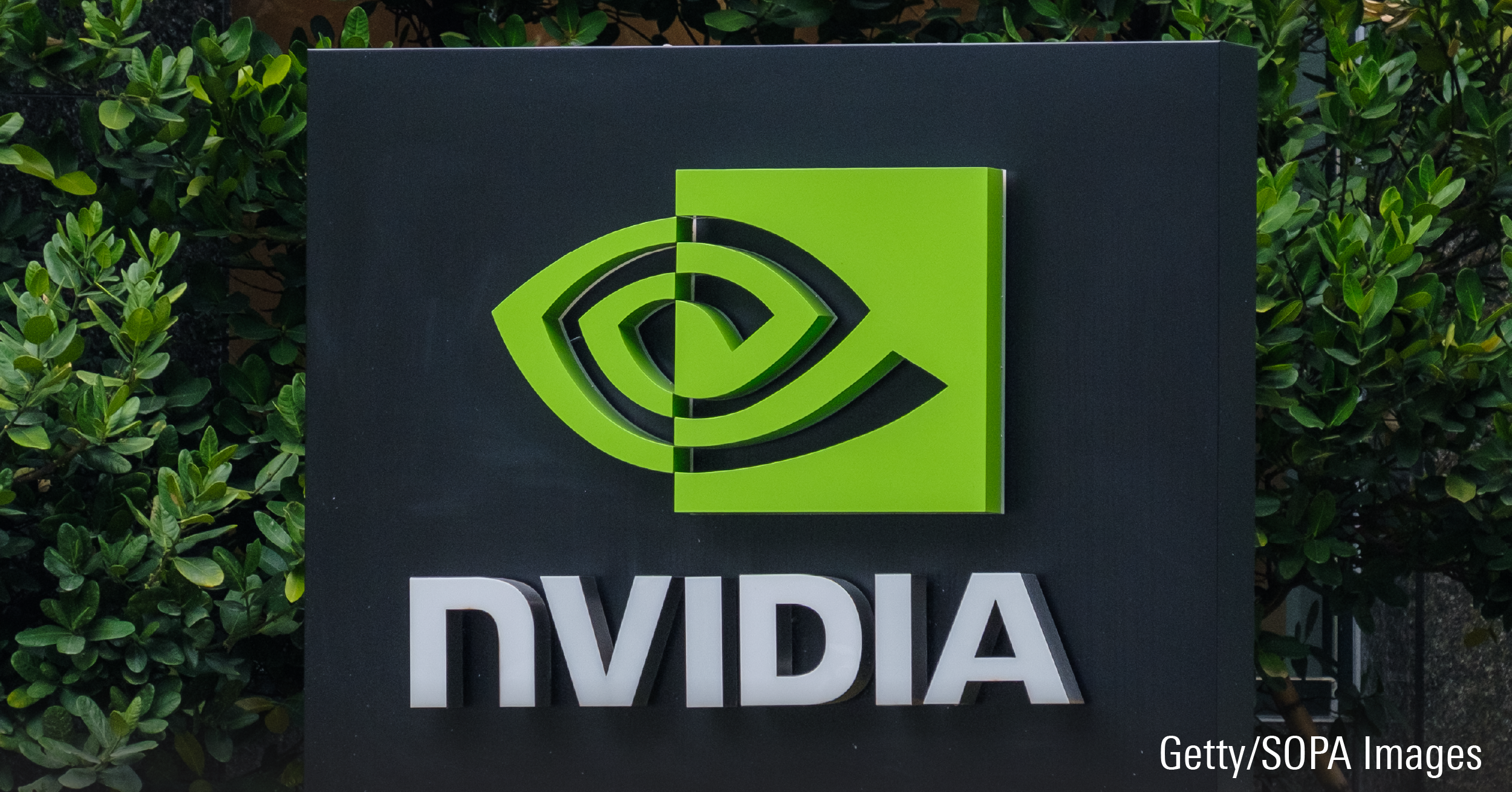Adapted from an article published on Morningstar's U.S.-based website, www.morningstar.com, on May 12, 2009
A few weeks ago I laid out the case for newer investors to consider entering the stock market and put forth a few basic ways to do so prudently. Although the performance of equities over the past 10 years has been weak, to put it mildly, and 2008's precipitous sell-off may have sucked the wind out of many investors' sails, stocks look cheap by many measures. Investing when you're young is always a great idea, because it allows you to take full advantage of the benefits of compounding, but it's doubly advantageous to start investing when the market has good upside potential.
But that doesn't mean that just any investing is good investing. What follows is a basic, though not exhaustive, road map to help you avoid some common mistakes many new investors make.
Mistake #1: Playing it too safe
Young investors have a big advantage over those who are closer to retirement: time. Investors with a long investment horizon can accommodate greater risk, and thus greater return potential, because there is adequate time to make up losses. The risk, then, is investing in securities that are too conservative and that don't have the potential to substantially outpace inflation over time.
If you're looking at the investments that have performed the best over the past three years, you might be inclined to stick with good old money market or even a GIC. From a risk standpoint it may seem prudent to do so, but it's more advantageous to strike a balance between risk and return potential through measured access to more aggressive asset classes, such as equities. You don't want to be in the position of not having saved enough.
Mistake #2: Disregarding risk
The flip side of that coin is failing to pay enough attention to risk. It's easy to be tempted by investments that promise market-slaughtering returns, because in many cases and for short periods of time, those investments can deliver. People love to talk about outsized gains from niche investments like technology funds. (Remember those?) But stretches of explosive performance don't often last, and when these investments fall, they can fall hard.
Emerging-markets funds are a great recent example. This category's recent returns have been enticing, but the wide performance swings that characterize this asset class have been on display lately. From the start of 2003 to the end of 2007, the median fund in the Emerging Markets Equity category gained a cumulative 177%--a greater gain than that enjoyed by any other equity-fund category. Then, emerging-markets funds lost 45% in 2008 as the market indiscriminately shunned risk-prone investments. Now, in the first few months of 2009, the category is up 20% through May 31. Among equity-fund categories, emerging-markets funds rank among the most volatile, as measured by 15-year standard deviation. This isn't to say that emerging markets are not viable places to invest--quite the contrary, as their growth potential is considerable. Rather, newer investors are better off investing in such volatile asset classes at the margins of their portfolios, using either proven fund managers or broad-based index or exchange-traded funds.
Mistake #3: Overpaying
One of the easiest ways to hinder your portfolio's return potential is to overpay for the investments that you make. Individual stocks, for example, can be a great way to learn the ropes in investing, but if you're trading small sums of money in stocks or exchange-traded funds, you're ceding a huge percentage of your investment to transaction costs. Another way to overpay is to invest in funds that charge too much. This is a pretty intuitive concept, and it is particularly relevant in the case of fixed-income funds. A high annual fee is taken as a percentage of your total investment and detracts directly from your returns. High costs mean a fund manager has to clear a higher hurdle to produce competitive returns. In fact, Morningstar has found cost to be one of the only data points that is predictive of future returns. Of course, it's not hard to find high-cost funds that have outperformed. But why not stack the deck in your favour by sticking with low-cost investments?
Mistake #4: Investing based on headlines
It's easy to get caught up in the hype of hot asset classes, sectors, industries, and individual stocks. In 2008, for example, soaring oil prices in the first half of the year had investors clamoring for energy funds, commodity exposure, and shares of Canadian Oil Sands ( COS.UN/TSX). Similar to the risk discussion, concentrated exposure to narrow areas of the market may seem like a great idea when those areas are appreciating, but when the tide turns, those investors who are caught with too much in a falling niche are hit hard. The Natural Resources Equity category, where most energy funds reside, gained more than 16% in the first half of 2008 and then dropped more than 51% in the second half of the year.
Green energy has been another hot topic in recent years. Stocks such as First Solar ( FSLR/NASDAQ) are a great example. Until recently, rising energy prices and heightened environmental awareness had buoyed stocks of companies working to develop solar and wind energy technologies. As the credit markets tightened, however, and financing for such ventures practically disappeared, the stock markets punished these stocks severely, demonstrating the quick turns narrow investments can make. Rather than invest in securities devoted entirely to such themes, the better option is to put your money in the hands of diversified managers who can invest in hot areas opportunistically and get out when conditions deteriorate.
Mistake #5: Cutting and running
One of the easiest traps for new investors, and even seasoned investors, to fall into is buying and selling at the wrong times. Human nature would have us buying when market conditions seem favorable and selling when they deteriorate, and that behavior can seriously impede your overall return.
In the U.S., Morningstar has captured this behavior by comparing the return a fund generates over time with the average return its shareholders actually earn. For example, let's look at Brandywine Blue, an Analyst Pick in the large-growth category. That fund's 10-year return through April 30, 2009, is just over 2%, but its Investor Return indicates that the typical investor in Brandywine Blue lost nearly 15% over that period.
This shows that investors have a hard time tolerating the ups and downs of the returns generated by the fund's momentum-based strategy. When investor returns lag funds' total returns (and in many cases they do), it illustrates the importance of sticking with your investments over the long term, even when periods of rough performance have you looking for the exits. Those investors who have the discipline to stick with their long-term investment plans will reap the benefits that materialize over the course of complete market cycles.
This is far from a complete list of the hazards that can befall new investors. And I do not mean to discourage would-be investors by pointing out the abundance of potential pitfalls they may face. The key is for investors to arm themselves with the knowledge to make good decisions, and Morningstar's tools, commentary, and analyses can help equip you to do just that.















